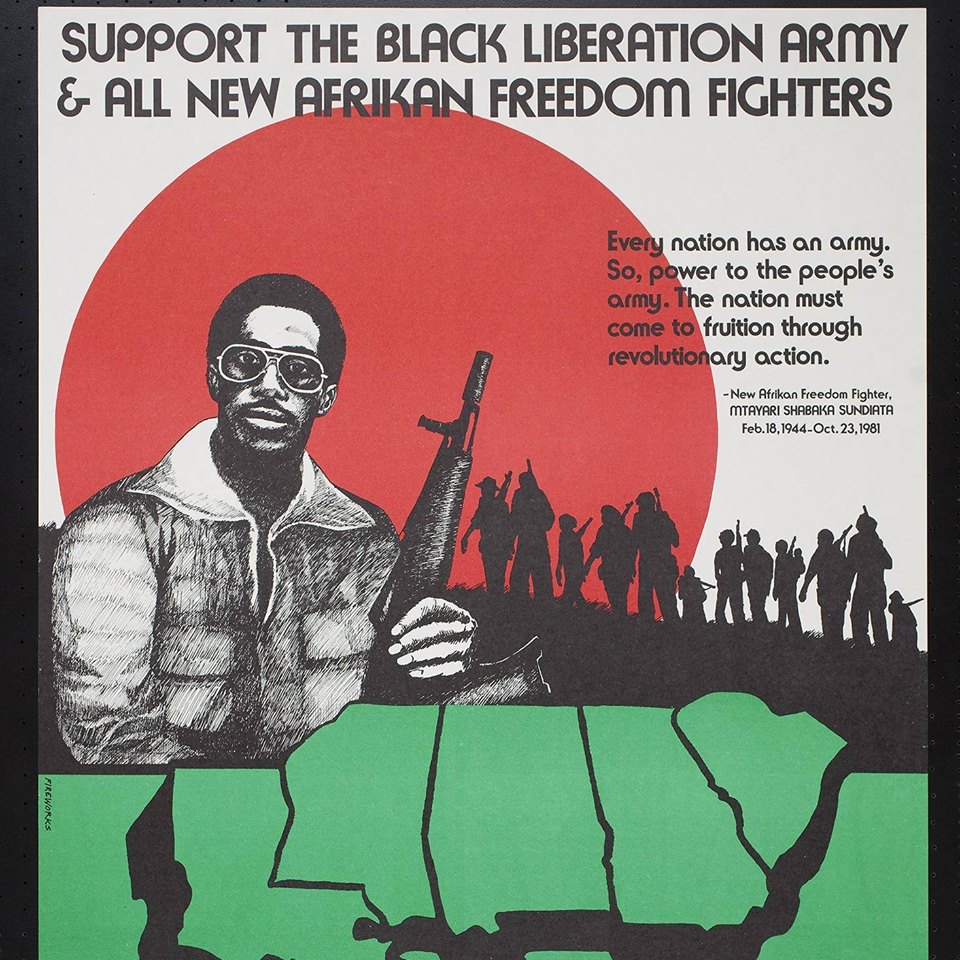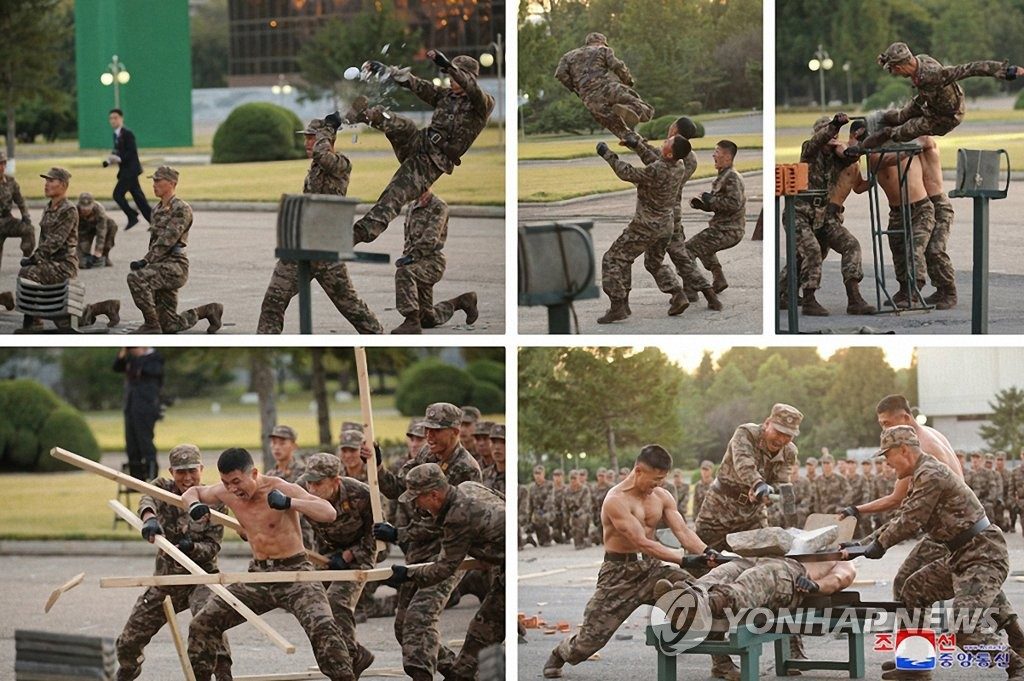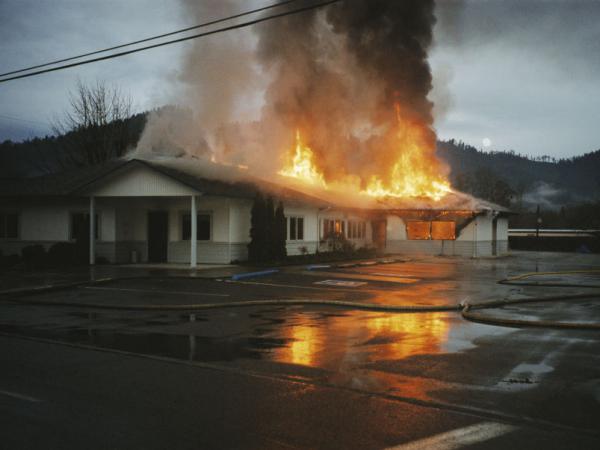
This week is all about New Left and Black revolutionary terrorism. That’s 1970 for you. The key group in the spotlight is the Black Liberation Army.
The BLA was an underground Black Power revolutionary organization active from 1970 to 1981. Its membership was initially drawn from former members of the Black Panther Party and the Republic of New Afrika. It emerged, in part, as a consequence of a split in the leadership of the Black Panther Party and a dispute over “reformist” rather than “revolutionary” nature of the party’s social programs. It’s aim was to wage war against the United States with the stated goal of taking up arms for Black liberation and self-determination.
The Black Liberation Army carried out a range of attacks including bombings, the assassination of police officers, jail breaks, and robberies, which the organization characterized as “expropriations.” The organization ultimately collapsed after the robbing of a Brinks armored truck, assisted by former members of the Weather Underground, resulted in the killing of a guard and two police officers.
- Oct. 18, 1970 — Irvine, CA: An unknown group, though suspected anti-Vietnam War protesters, detonates a bomb at the Stanford Research Institute, a lab facility owned by Stanford University. SRI, which was largely funded by the US Department of Defense, had contracts for work on chemical and biological agents with military applications. It was a regular target of violent anti-war activism during the 1970s.
- Oct. 19, 1970 — Irvine, CA: A second bomb targets a virus research center at the Stanford Research Institute. As in the attack the day before, no one was injured in the bombing.
- Oct. 20, 1970 — Cairo, IL: Black militants set fire to the Veterans of Foreign Wars building and then open fire on police and firefighters responding to the blaze. Police fired hundreds of rounds into the neighboring Pyramid Courts housing project, taking more than an hour to secure the area. No one was injured in the gun battle, but the building was destroyed.
- Oct. 21, 1970 — Cairo, IL: In a second day of racial violence, black militants armed with automatic weapons open fire on the Cairo police headquarters from locations in and around the Pyramid Courts housing project. Police returned fire in what would turn into a three-hour gun battle. No one was injured in the attack.
- Oct. 22, 1970 — San Francisco, CA: Members of the Black Liberation Army plant a time bomb outside St. Brendan’s Church, which was packed with mourners attending the funeral of a San Francisco police officer killed in the line of duty while responding to a bank robbery. The bomb detonated, but none of the worshippers were injured.

